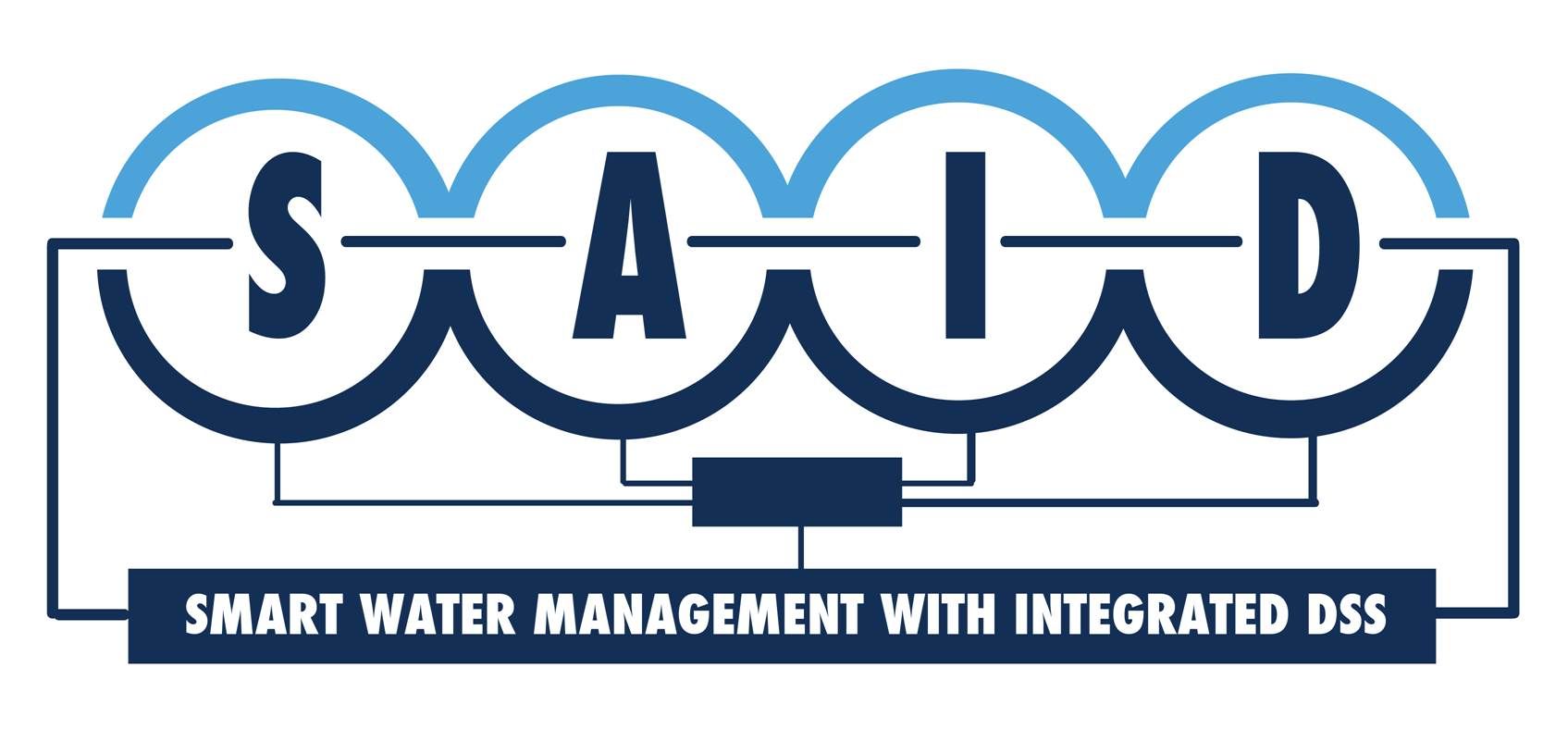The activities of SAID were shared among the partners and divided into five work packages (WPs):
Work package 1 (Specification of demonstration plans and adaptation of DSSs) focuses on the specification of the demonstration plans of SAID project that guide the demonstration activities that were carried out in work package 2. In addition, WP-1 includes the specification of requirements of the three different Decision Support Systems (DSSs) considered in the project (flood, water quality and energy production) and the specification of the monitoring network, which requires an in depth study of the demonstrator river basin to determine the suitable sensors and communication technology.
Work package 2 (Deployment and evaluation of demonstrator) has its main focus in deploying all the components of the demonstrator, such as sensors and communication elements for the new SAID monitoring network in the demo site, as well as software modules corresponding to DSSs in the control centre. Furthermore, in WP2 the demonstrator is evaluated, validated and calibrated in all its aspects, the operation of the monitoring network deployed in the demo site, as well as the suitable running and graphical tools of each isolated DSS and the integrated tool developed in WP3. To this aim, technological partners have received feedback and conclusions of the use of the tools by final users and dam managers, comparing with the previous ways of managing the river basin.
The work in WP3 is about the development of an integration platform as well as the construction of a new Integrated DSS combining characteristics of DSSs of more specific domains (e.g. flood control, water quality, energy management) which now become components in the new system. The original DSSs, based on different technologies and OSs, have been extended so that they can communicate in the proposed framework which relies on services to address software composition.
The final users (e.g. river basin managers) can access the Integrated DSS by means of a centralized Web application (Web portal) that includes intuitive maps, dashboards and charts where the data calculated by DSSs components or obtained from external sensor networks is shown. It also allows the users run simulations (in flood and ordinary conditions) in order to estimate an early basin response that can help making better decisions. WP3 also addresses the development of a set of complementary graphical tools to modify the models behind the DSSs and their configurations. In this regard, three applications, which are further explained in the pages below, have been developed: DamMod, ModBasin and PolicyMod. Also DamCoord deals with the different dams in the river basin.

